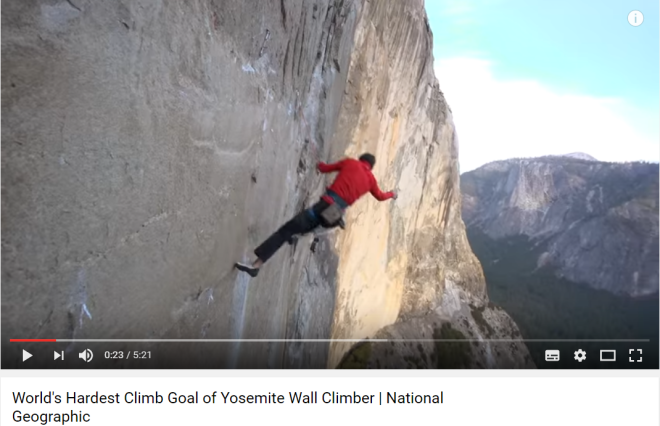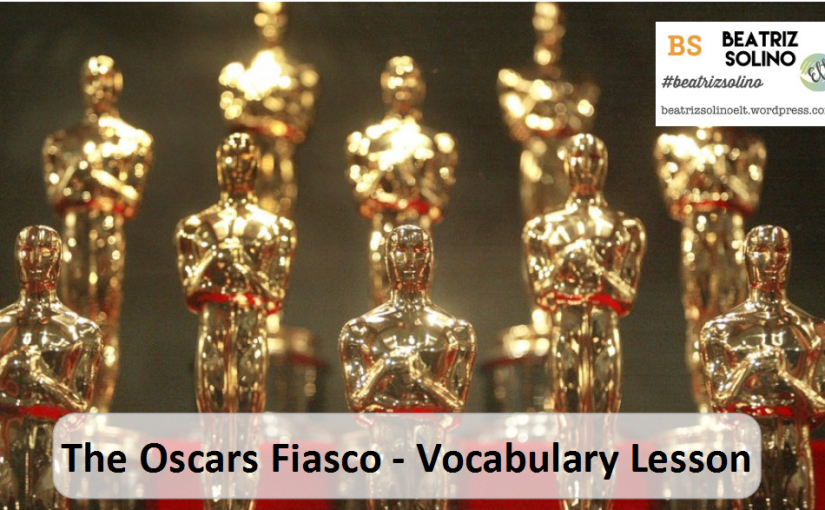Recently I have been developing business projects for Cultura Inglesa Jundiaí advanced students (that’s why I have been late with my blog posts). Their project is called: “Recommending Public Projects to your city” – it entails input lessons and a business presentation. This will be included on their plan as one of the vocabulary lessons to enrich their presentations (to be held in June).
The topic of the lesson: How I brought a river and my city back to Life
[Slide 1] Background image below
- Setting the scene
- Timing: 10′
- Interaction: S-S (pairs) or S-Ss (trios)
- Monitoring: Teacher walks around the room, listens to ss contributions and take notes on vocabulary and pronunciation (to be used next).
- Feedback: Teacher boards crucial vocabulary and pronunciation.
Ask students the following questions:
- What projects have been implemented in your city so far?
- Any public projects that were successful?
- Which areas need improvement in your opinion?
- What area are you going to focus on in order to help your city?

[Slide 2] Background image below
2. Introduction to the TED video:
Aziza Chaouni: How I brought a river, and my city, back to life
Video can be watched here: http://www.ted.com/playlists/342/talks_on_water

- Timing: 15′
- Interaction: S-S (pairs) or S-Ss (trios)
- Monitoring: Teacher walks around the room, listens to ss contributions and take notes on vocabulary and pronunciation (to be used next).
- Feedback: Teacher boards crucial vocabulary and pronunciation.
Before watching:
Students read the following website with information on Aziza Chaouni’s philosophy.

The keynote speaker who focuses on projects that integrate architecture and landscape, and that ultimately give back to their communities. For years, she has worked to revive the Fez River, which runs through her hometown of Fez, Morocco. https://www.ted.com/speakers/aziza_chaouni
Ss answer the following questions:
- What does she do?
- What does her design philosophy entail?
- What is her mission?
2.1 Follow-up:
- What happened to our Tietê river?
- Was it recovered?
- What do you think should be done in order to save it?
[Slide 3] Background image above
3. Working with the TED video (5’38):
Aziza Chaouni: How I brought a river, and my city, back to life
Video can be watched here: http://www.ted.com/playlists/342/talks_on_water
- Timing: 25′
- Interaction: S-S (pairs) or S-Ss (trios)
- Monitoring: Teacher walks around the room, listens to ss contributions and take notes on vocabulary and pronunciation (to be used next).
- Feedback: Teacher boards crucial vocabulary and pronunciation.
Students answer the following questions:
- How was the river known before? How important is it? (the city’s very soul / extensive water network throughout the city)
- What happened to the river because of the pollution? (little by little it was covered by concrete slabs)
- What caused the pollution? ( untreated sewage and chemical dumping)
- Why did she decide to take action? (she couldn’t bear the desecration of the river, especially after she heard the city had received a grant to divert sewage water and to treat it).
- What are some of the material used to reconstruct the area around the river bank? (recycled leather canopies, recycled tyres for the playgrounds, etc)
3.1 Critical Thinking
- Timing: 10′
- Interaction: S-S (pairs) or S-Ss (trios)
- Monitoring: Teacher walks around the room, listens to ss contributions and take notes on vocabulary and pronunciation (to be used next).
- Feedback: Teacher boards crucial vocabulary and pronunciation.
Students think about the presentation itself (to connect it to their project).
- What visual aids were relied on in order to make the presentation clearer? What can you use?
- How did she carry her presentation? Was she prolix or did she go straight to the point?
- How long did it take?
- What type of language did she use?
[Slide 5] Use the first background image
5. Working on their presentations:
Have 5′ so students can pinpoint the main things they can use from this video – vocabulary, techniques, structures, etc.
Go back to the tilte of the lesson.








